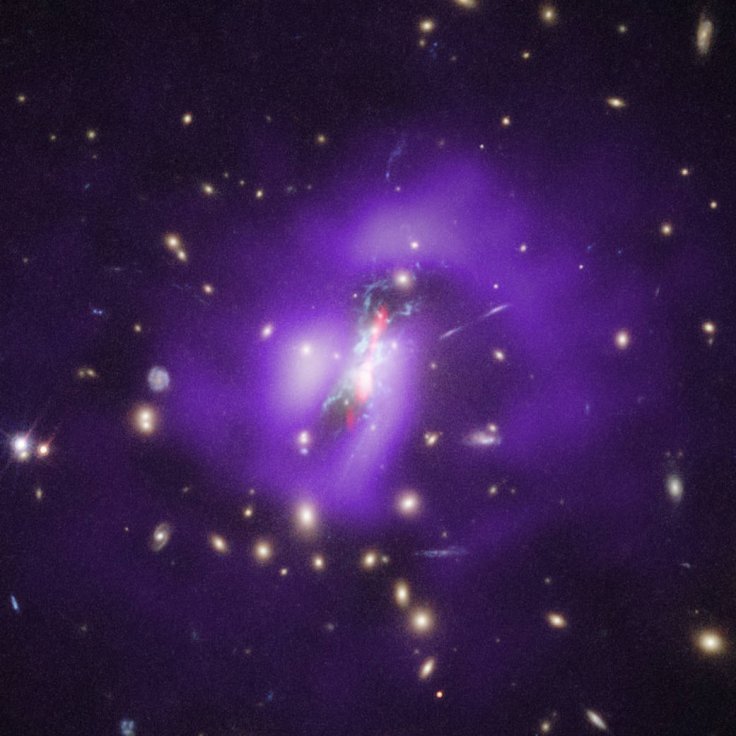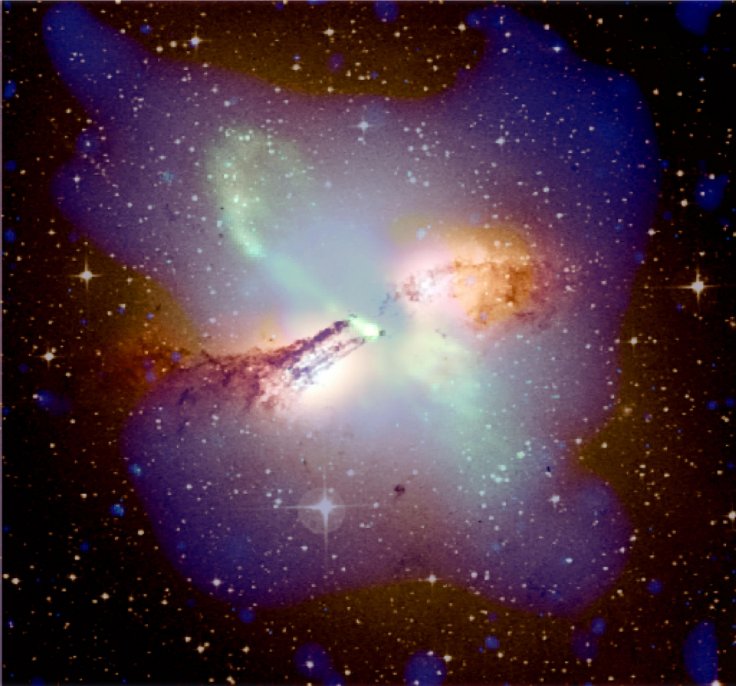For the first time, NASA was able to witness how a supermassive black hole can contribute to the formation of new stars in a galaxy cluster. The agency was able to capture the rare phenomenon using data obtained by the Hubble Space Telescope and the Chandra X-Ray Observatory.
Through these facilities, the space research organization was able to get a closer look at a large cluster of galaxies known as the Phoenix Cluster. As its name suggests, the Phoenix Cluster features a collection of galaxies bound together by gravity. According to NASA, this cluster is located around 5.8 billion light-years from Earth's neighborhood.

Star Formations And Galaxy Clusters
As previous reports have revealed, some of the biggest supermassive black holes can be found inside galaxy clusters. Similarly, these clusters are also regarded as one of the most massive cosmic objects in space. However, despite their size, most galaxy clusters do not have active star-forming regions.
This is mainly due to the presence of supermassive black holes. According to astronomers, these massive cosmic objects constantly pump out high-energy particles into their surrounding galaxies. As a result, these particles keep the clouds of gas within the galaxies too warm for stars to begin formation.
Spotting Star Formations In Phoenix Cluster
In a surprising discovery, NASA spotted active star formations within the Phoenix Cluster. Through Hubble and Chandra, the agency was able to closely observe the cluster. They then learned that the cluster's supermassive black hole was actually helping in the formation of new stars instead of preventing it.
"This is a phenomenon that astronomers had been trying to find for a long time," researcher Michael McDonald, an astronomer at the Massachusetts Institute of Technology, said in a statement. "This cluster demonstrates that, in some instances, the energetic output from a black hole can actually enhance cooling, leading to dramatic consequences."

Role Of Phoenix Cluster's Supermassive Black Hole
Unlike in other galaxy clusters, NASA's researchers learned that the supermassive black hole of the Phoenix Cluster is actually weaker and less active. Because of this, it is not able to emit enough particles to keep the gas within warm. The researchers believe this cool environment led to the formation of active star-forming regions within the cluster.
"Imagine running an air-conditioner in your house on a hot day, but then starting a wood fire. Your living room can't properly cool down until you put out the fire," researcher Brian McNamara of the University of Waterloo in Canada explained. "Similarly, when a black hole's heating ability is turned off in a galaxy cluster, the gas can then cool," he further added.









